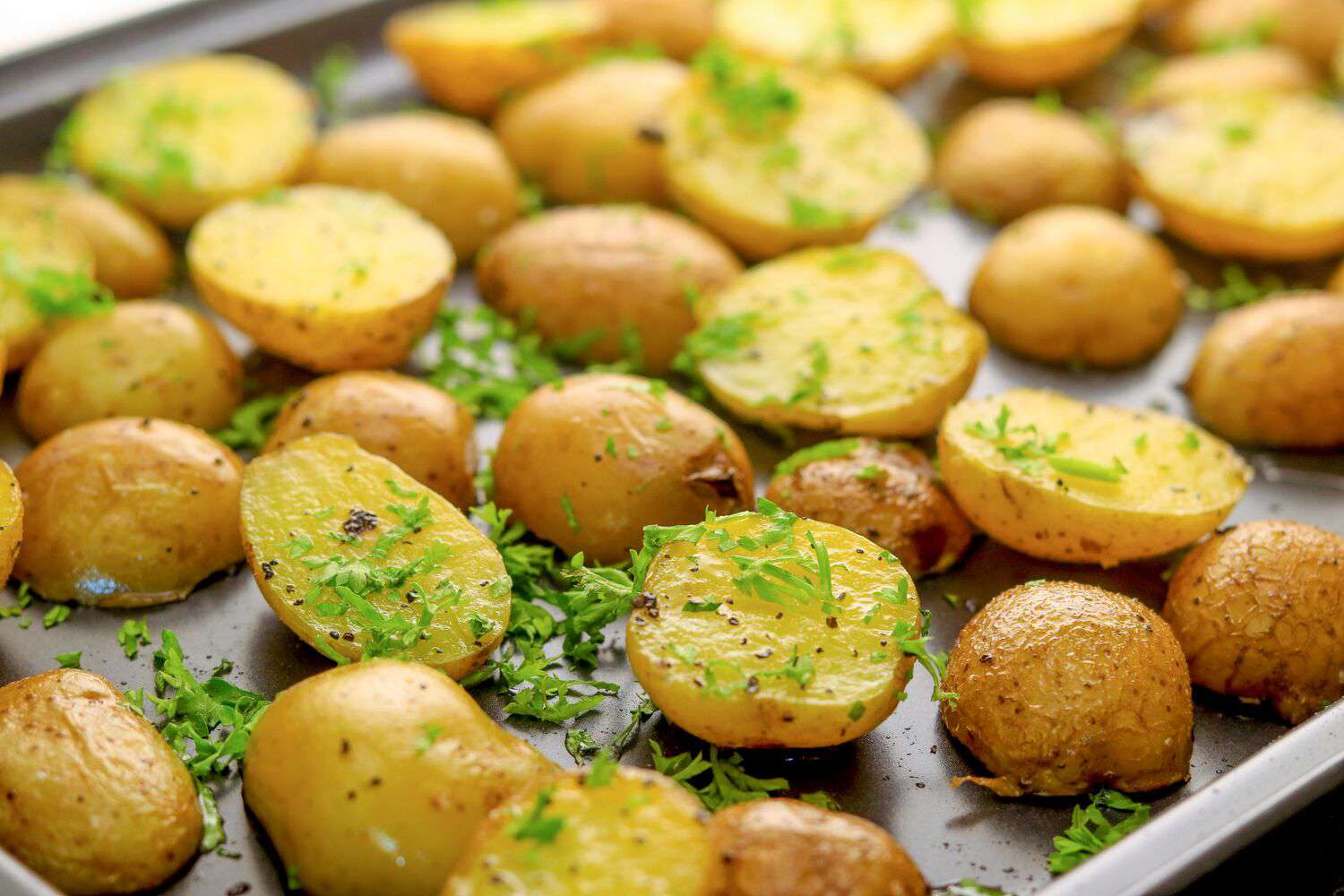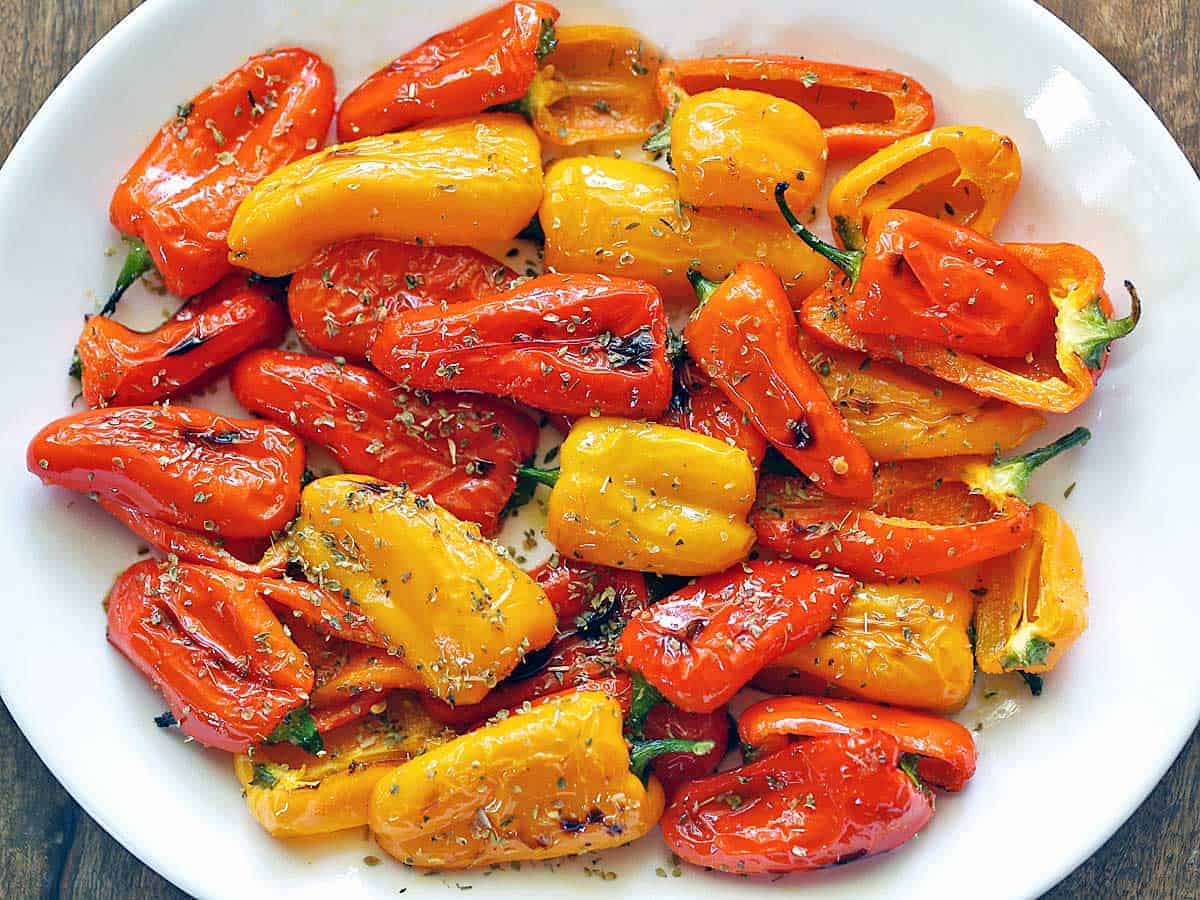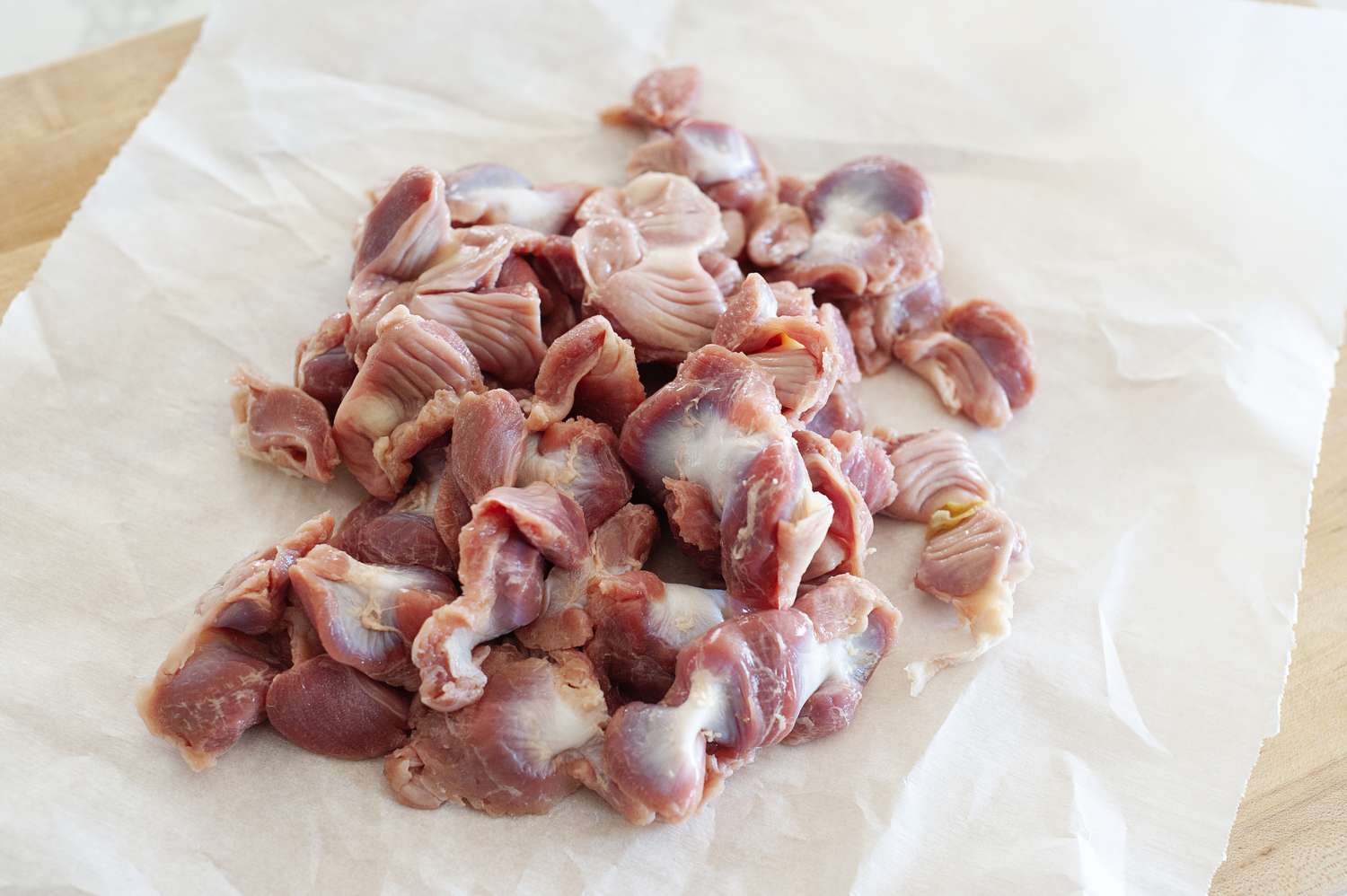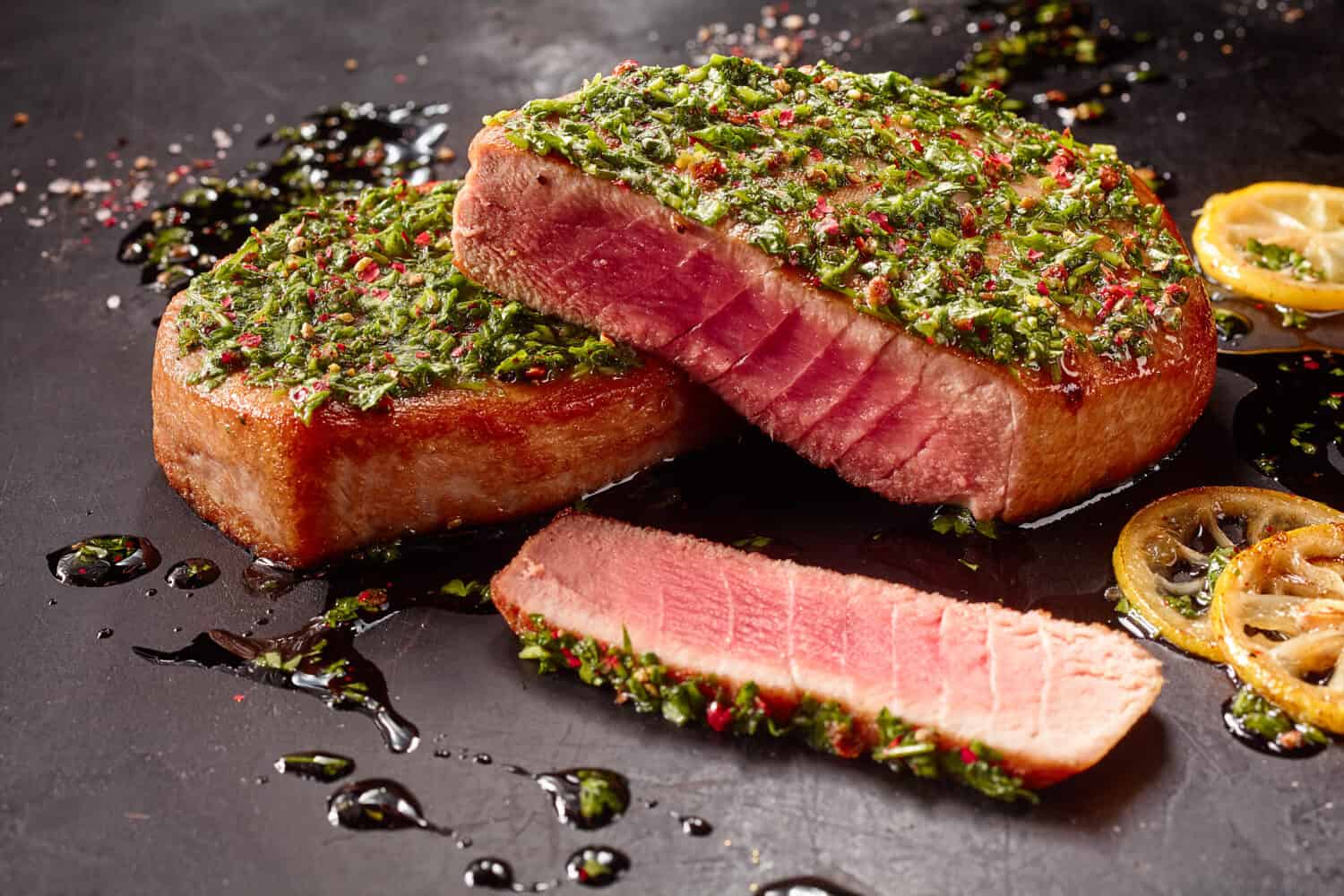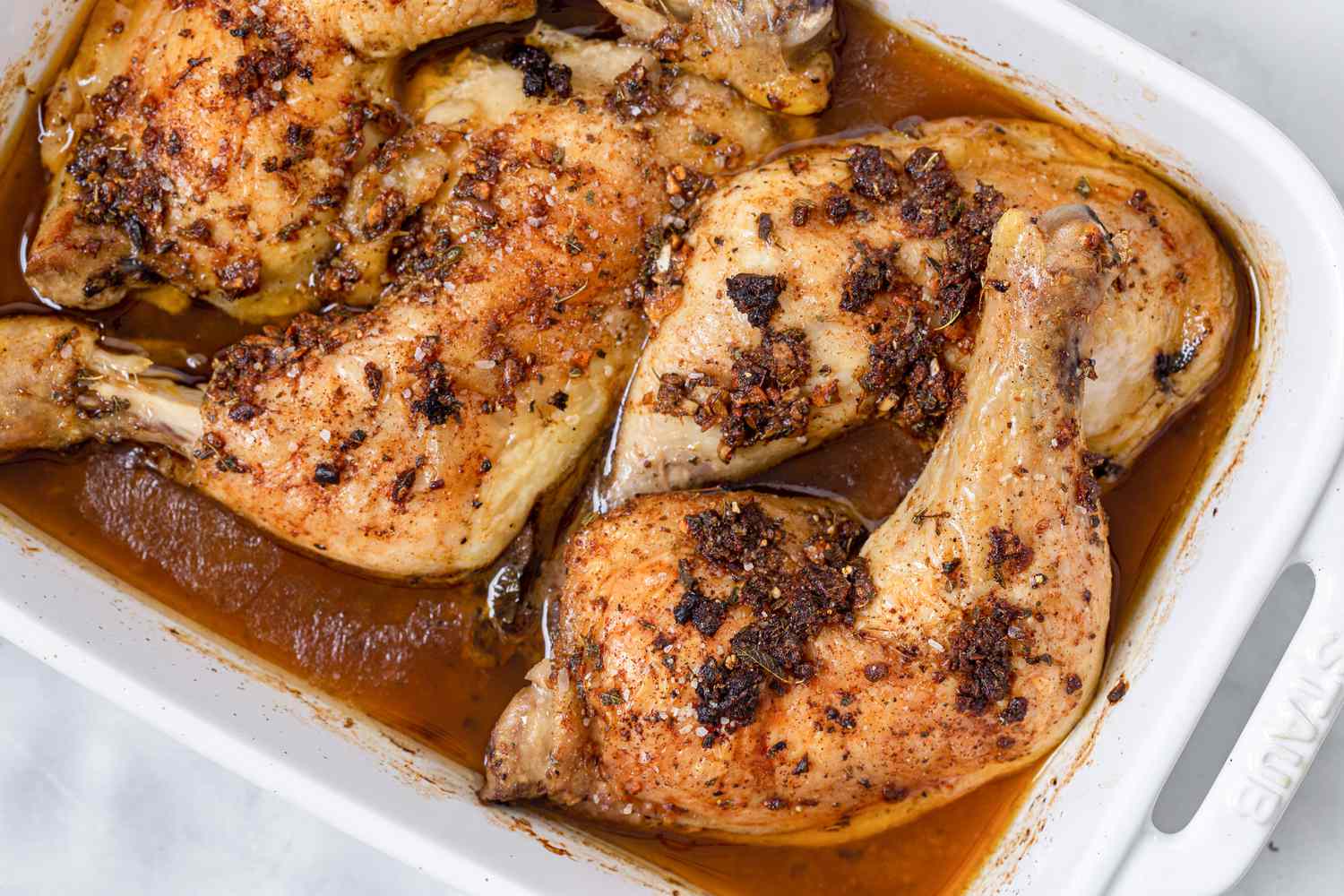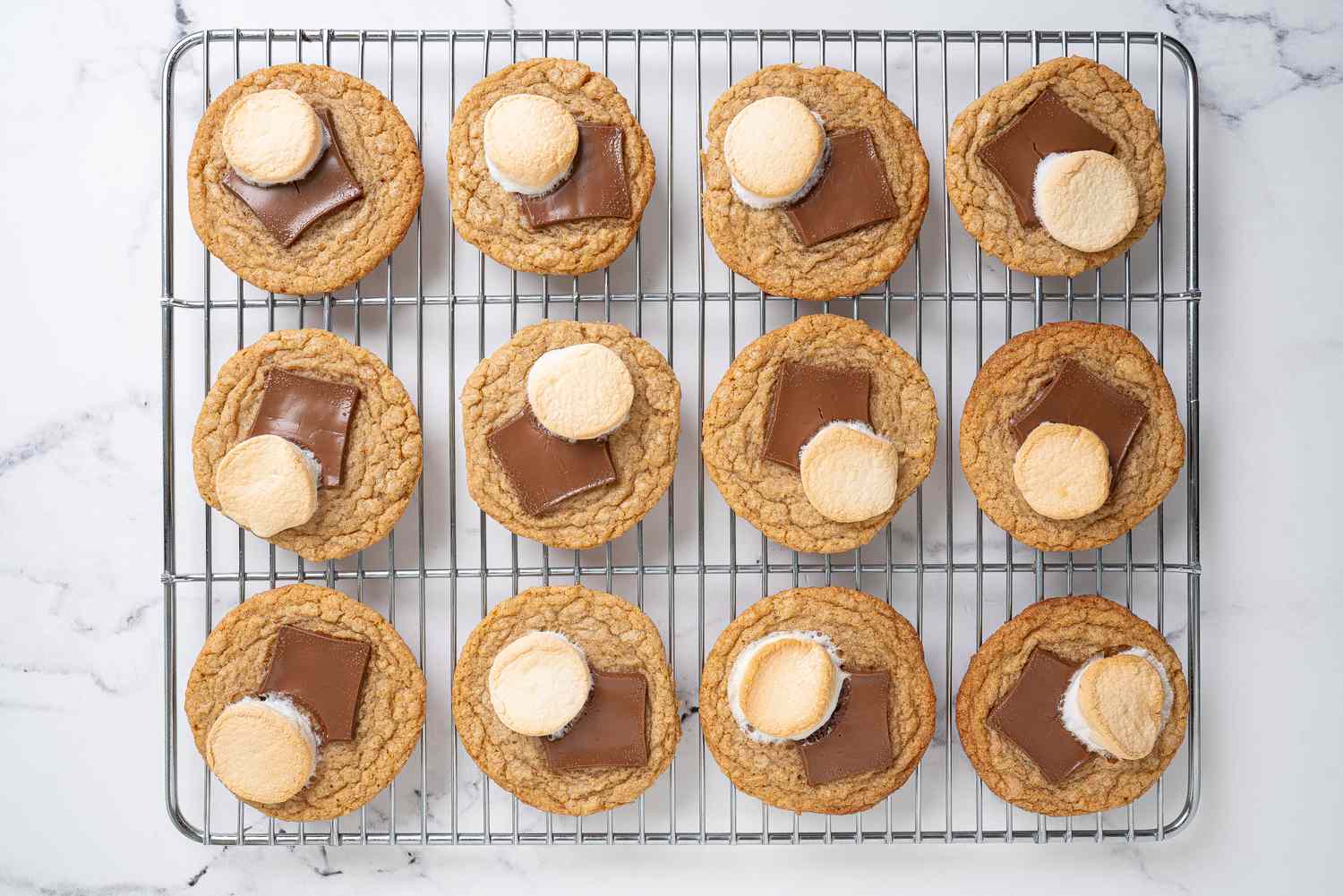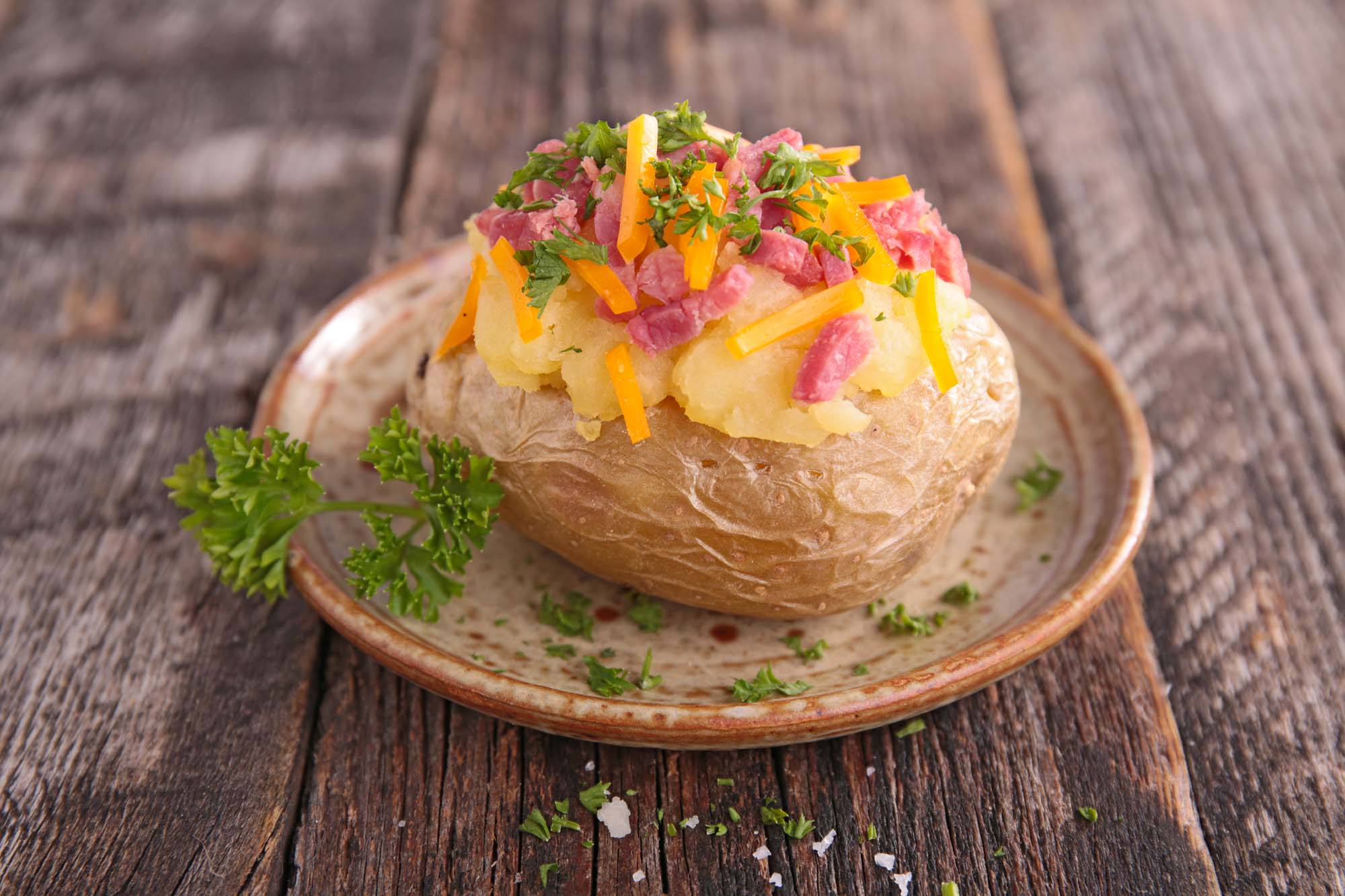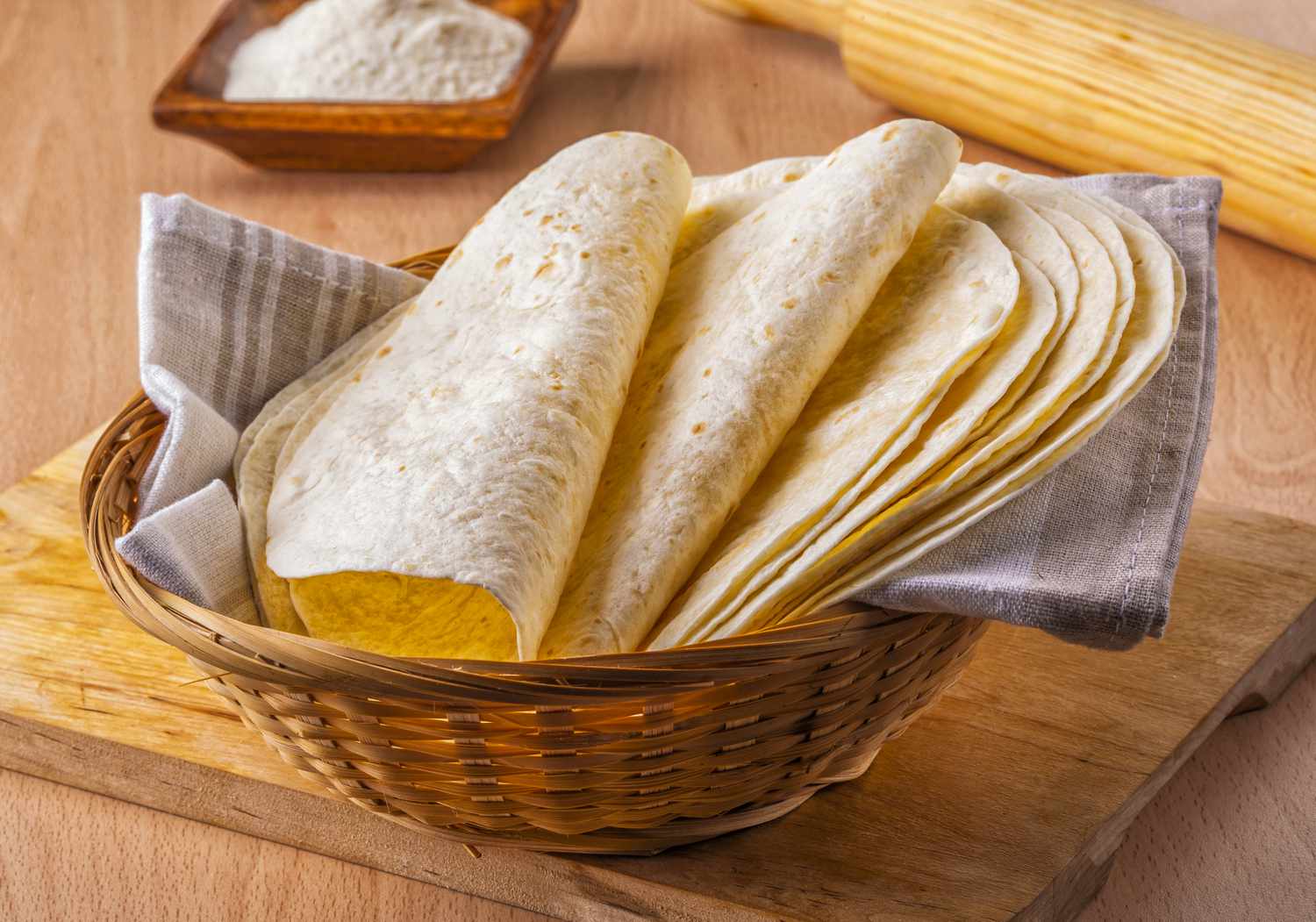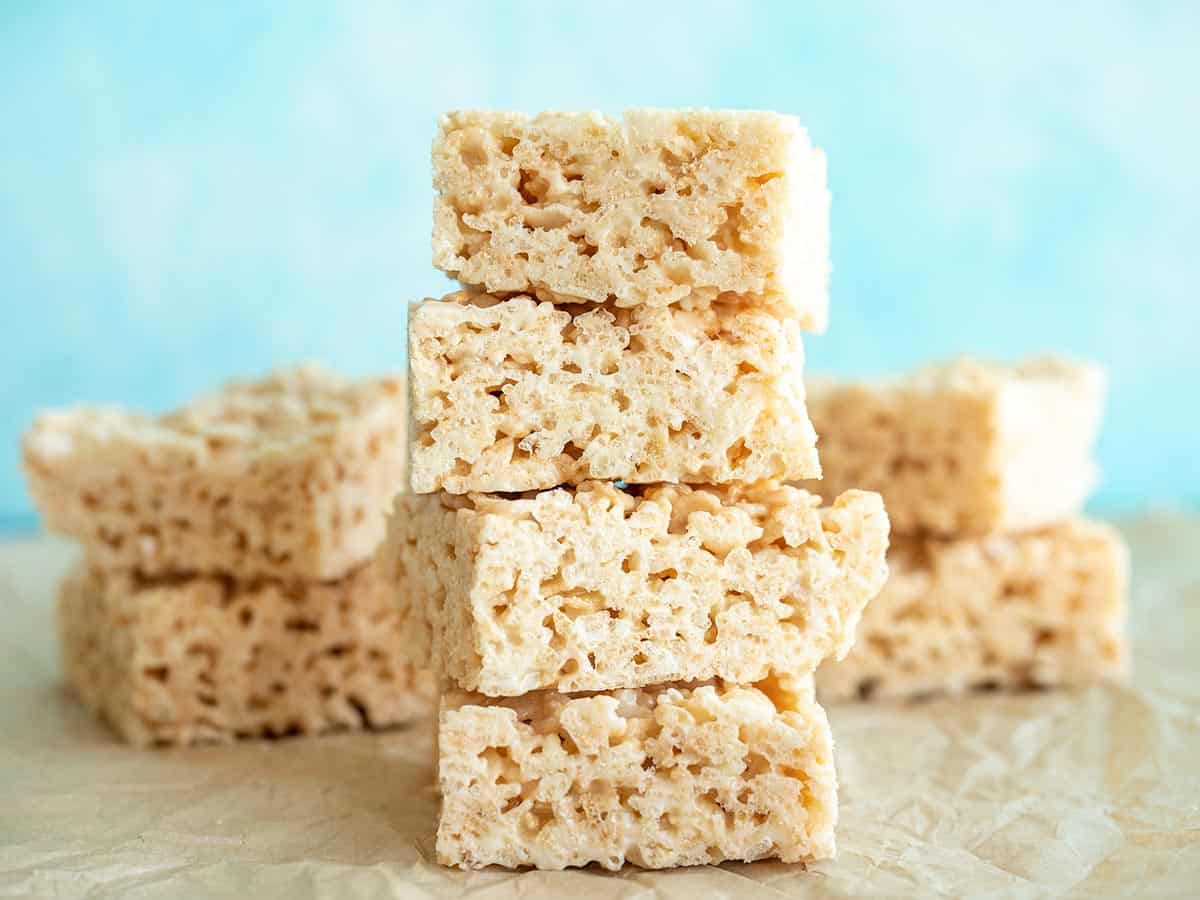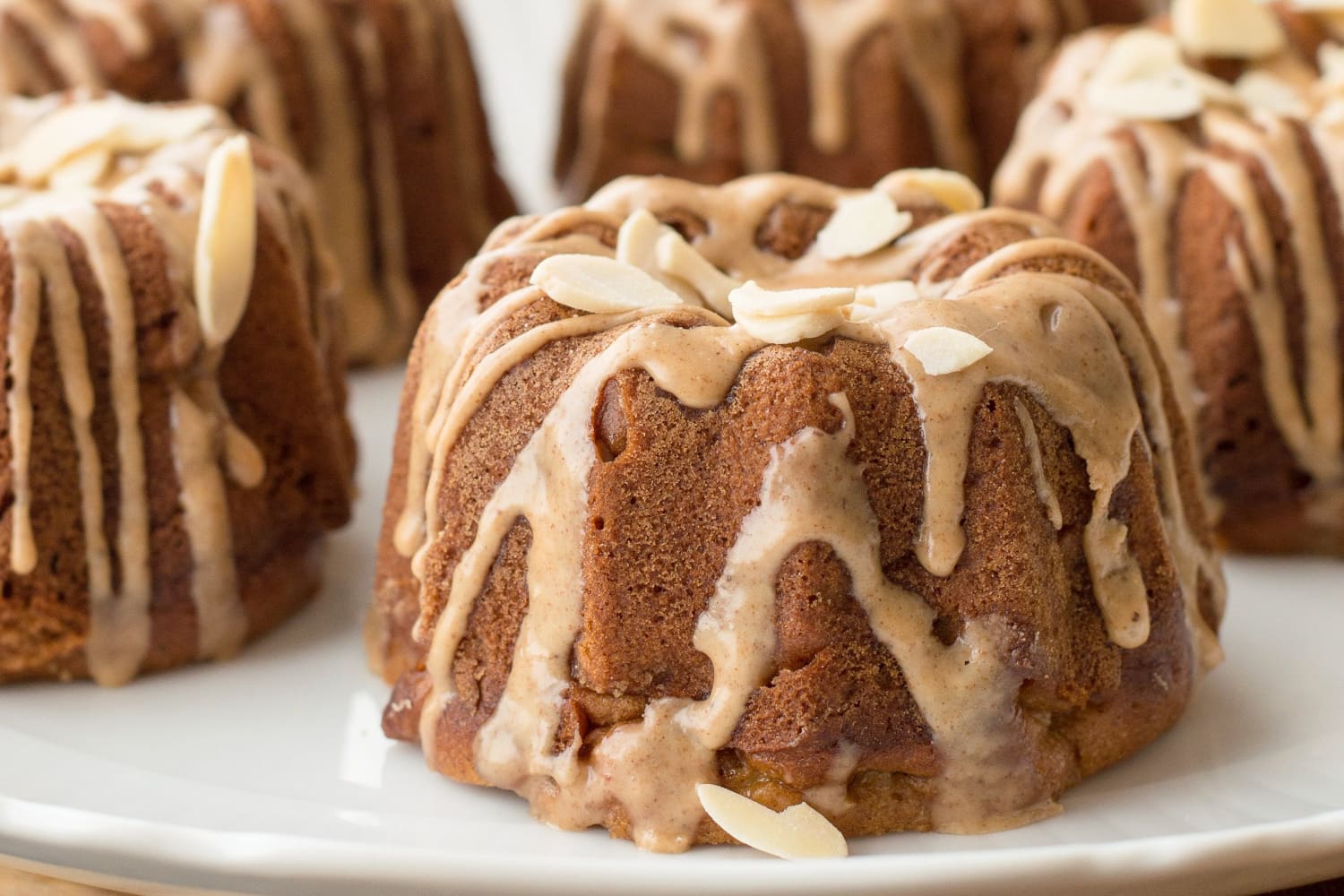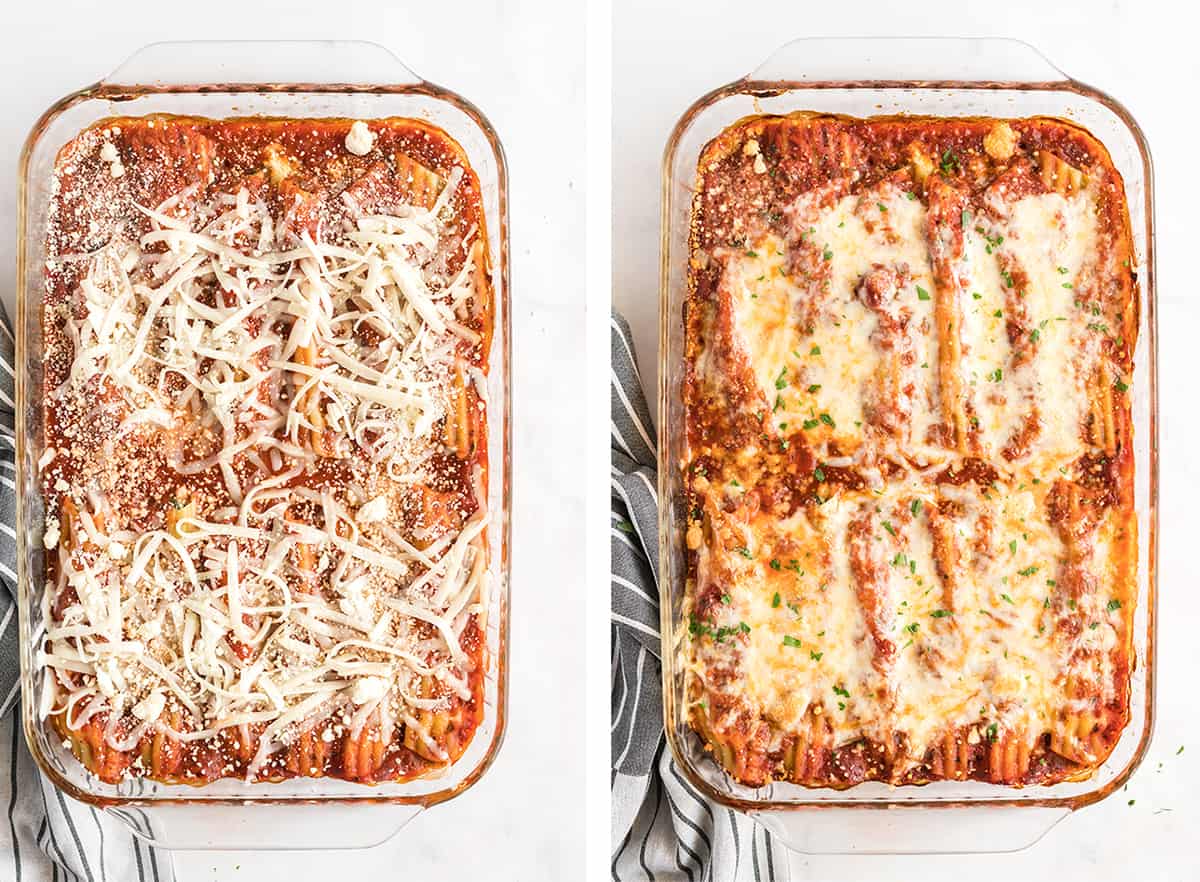Delicious Hazelnut Baking: A Step-By-Step Guide
Welcome to the wonderful world of baking with hazelnuts! Whether you’re a seasoned baker or a novice in the kitchen, hazelnuts can add a delightful flavor and crunch to your baked goods. In this guide, we’ll walk you through the process of baking with hazelnuts, from selecting the best nuts to incorporating them into your favorite recipes.
Choosing the Perfect Hazelnuts
Before you start baking, it’s important to select high-quality hazelnuts. Look for nuts that are plump, uniform in size, and have a rich brown color. Avoid nuts that are discolored or have a rancid smell, as these can affect the flavor of your baked goods. If possible, opt for raw hazelnuts, as they will provide the freshest flavor for your recipes.
Preparing Hazelnuts for Baking
Once you have your hazelnuts, it’s time to prepare them for baking. Start by preheating your oven to 350°F (175°C). Spread the hazelnuts in a single layer on a baking sheet and roast them for 10-15 minutes, or until the skins start to crack. After roasting, transfer the hazelnuts to a clean kitchen towel and rub them together to remove the skins. This step will enhance the nutty flavor of the hazelnuts and give your baked goods a beautiful, golden color.
Incorporating Hazelnuts into Your Recipes
Now that your hazelnuts are prepped and ready to go, it’s time to incorporate them into your favorite recipes. Whether you’re making cookies, cakes, or bread, hazelnuts can add a delicious crunch and nutty flavor to your baked goods. Here are a few ideas for using hazelnuts in your recipes:
- Chop the hazelnuts and fold them into cookie dough for a delightful crunch.
- Toast the hazelnuts and sprinkle them on top of cakes or muffins for added texture.
- Grind the hazelnuts into a fine meal and use them as a flour substitute in gluten-free baking.
Storing Hazelnuts for Future Use
If you have leftover hazelnuts after baking, it’s important to store them properly to maintain their freshness. Place the roasted hazelnuts in an airtight container and store them in the refrigerator for up to a month, or in the freezer for up to six months. This will ensure that your hazelnuts stay fresh and flavorful for future baking endeavors.
Experimenting with Hazelnut Flavors
Once you’ve mastered the basics of baking with hazelnuts, don’t be afraid to get creative with different flavor combinations. Consider pairing hazelnuts with chocolate, cinnamon, or citrus for a unique twist on classic recipes. You can also experiment with different forms of hazelnuts, such as hazelnut butter or hazelnut praline, to add depth and richness to your baked goods.
With these tips in mind, you’re ready to embark on a hazelnut baking adventure! Whether you’re making a simple batch of cookies or a show-stopping cake, hazelnuts are sure to elevate your baked goods to new heights of flavor and texture. Happy baking!
Was this page helpful?
Read Next: How To Bake Fresh Ravioli
